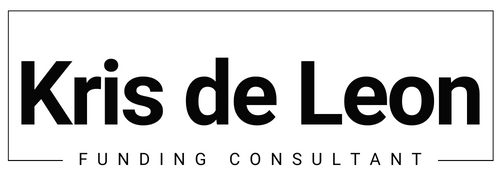
Fixed-Rate vs. Adjustable-Rate Mortgages: Making the Right Choice for Your Home Financing
When financing your dream home, one of the most important decisions to make is selecting the right mortgage. Two standard options that borrowers often consider are fixed-rate mortgages (FRMs) and adjustable-rate mortgages (ARMs). Both offer distinct advantages and disadvantages, catering to different financial situations and risk appetites.
In this blog post, we’ll dive into the details of these two mortgage types, helping you understand their key differences and guiding you towards the right decision aligned with your financial goals.
Understanding Fixed-Rate Mortgages (FRMs): A fixed-rate mortgage is a straightforward and stable option where the interest rate remains the same throughout the loan term, providing predictability and peace of mind for borrowers. Here are some key features of FRMs:
- Stable Payments: With a fixed interest rate, your monthly mortgage payments remain consistent over the loan term. This makes budgeting easier and protects you from fluctuations in the market.
- Long-Term Planning: FRMs are ideal for homeowners who plan to stay in their homes for a long time. The interest rate certainty allows you to plan your finances more effectively.
- Protection Against Market Volatility: If interest rates rise after you secure your fixed-rate mortgage, you’ll continue to benefit from the lower rate you locked in initially.
Exploring Adjustable-Rate Mortgages (ARMs): Adjustable-rate mortgages come with an interest rate that can change periodically, usually after an initial fixed-rate period. While they can offer lower initial rates, they come with more variability. Here’s what you need to know about ARMs:
- Lower Initial Rates: ARMs often start with lower interest rates than fixed-rate mortgages, making them attractive for borrowers who plan to move or refinance within a few years.
- Rate Adjustments: After the initial fixed period, the interest rate can adjust based on a specific index, which reflects broader market interest rates. This can lead to lower payments during periods of falling interest rates.
- Risk of Rate Increases: The flip side of ARMs is the potential for higher rates and payments when interest rates rise. This can lead to financial stress for borrowers unprepared for such changes.
Choosing the Right Mortgage for You: Deciding between a fixed-rate and an adjustable-rate mortgage involves considering your financial circumstances, risk tolerance, and long-term plans. Here are some factors to weigh:
- Time Horizon: A fixed-rate mortgage provides stability and peace of mind if you plan to stay in your home for the long haul.
- Short-Term Ownership: If you anticipate moving or refinancing within a few years, an ARM might offer you lower initial payments during your ownership period.
- Market Conditions: Keep an eye on current interest rates and projections for future rates. This can influence the potential advantages of both mortgage types.
- Risk Tolerance: Consider how comfortable you are with the potential for rate fluctuations. If changing payments makes you uneasy, a fixed-rate mortgage might be more suitable.
Conclusion: Choosing between a fixed-rate mortgage and an adjustable-rate mortgage is a pivotal step in your homeownership journey. Both options have unique advantages, and your unique financial situation and long term goals will determine which option is better for you.
Evaluate your time horizon, financial stability, and risk tolerance before deciding. Consulting with a qualified mortgage advisor can also provide personalized insights to help you make an informed choice that aligns with your financial aspirations. Remember, whether you opt for the stability of a fixed rate or the potential benefits of an adjustable rate, the goal is to secure a mortgage that supports your dream of owning a home.
